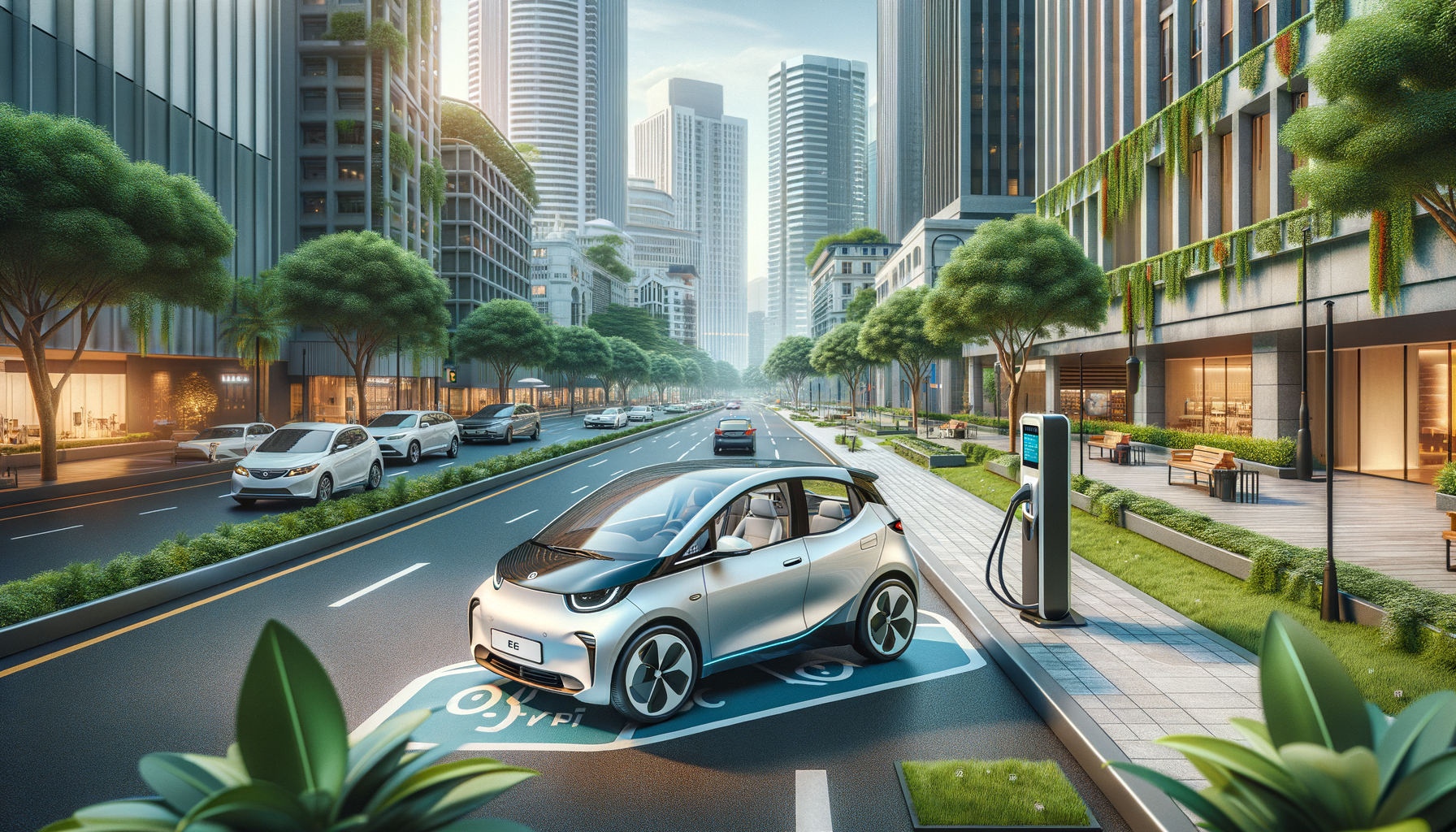Introduction to Tiny Electric Cars
As urban areas continue to grow and evolve, the need for efficient and sustainable transportation solutions becomes increasingly urgent. Tiny electric cars, designed specifically for city driving, are emerging as a key player in this arena. These compact vehicles are not only environmentally friendly but also offer practical solutions to the challenges of urban mobility. With their small size, they navigate crowded streets and tight parking spaces with ease, making them an ideal choice for city dwellers. Additionally, their electric powertrains contribute to reducing emissions, aligning with global efforts to combat climate change.
The Benefits of Compact Electric Vehicles
Compact electric vehicles (EVs) provide numerous advantages that make them appealing to urban residents. Firstly, their size is a significant asset. In cities where parking is scarce and streets are narrow, a smaller vehicle can maneuver more easily and fit into tight parking spots that larger cars cannot. This not only saves time but also reduces the stress associated with finding parking in busy areas.
Moreover, these vehicles are environmentally friendly. By relying on electricity rather than fossil fuels, they produce zero tailpipe emissions, significantly reducing the carbon footprint of urban transportation. This is crucial in cities where air quality is a major concern. Additionally, the operational costs of electric vehicles are generally lower than those of traditional gasoline-powered cars. With fewer moving parts, they require less maintenance, and the cost of electricity is often lower than that of gasoline, leading to long-term savings for owners.
Key benefits of compact EVs include:
- Ease of parking and maneuverability
- Reduced environmental impact
- Lower maintenance and operational costs
- Contribution to cleaner urban air quality
Economic Impact and Affordability
The economic implications of adopting tiny electric cars are substantial. As the demand for these vehicles grows, it stimulates innovation and competition among manufacturers, driving down costs and making them more accessible to a broader audience. Government incentives and subsidies further enhance their affordability, encouraging more consumers to make the switch from traditional vehicles.
From an economic perspective, the shift towards electric vehicles supports job creation in various sectors, including manufacturing, battery production, and charging infrastructure development. This transition also reduces dependency on fossil fuels, which can stabilize energy prices and contribute to a more resilient economy.
Furthermore, the affordability of tiny electric cars makes them an attractive option for individuals seeking cost-effective transportation solutions. The lower operational costs, combined with potential savings from government incentives, make them a financially viable choice for many urban residents.
Challenges and Considerations
Despite their many advantages, tiny electric cars also present certain challenges that need to be addressed. One of the primary concerns is the availability of charging infrastructure. While urban areas are increasingly equipped with charging stations, the convenience and accessibility of these facilities can vary significantly. Ensuring a robust and widespread charging network is essential to support the growing number of electric vehicles on the road.
Another consideration is the range of these vehicles. While advancements in battery technology continue to improve, the range of compact electric cars may still be a concern for some users, particularly those who need to travel longer distances regularly. However, for typical city commutes, the range is often more than sufficient.
Lastly, consumer perception and acceptance play a crucial role in the adoption of tiny electric cars. Educating potential buyers about the benefits and capabilities of these vehicles can help overcome any hesitations and encourage wider adoption.
The Future of Urban Mobility
The future of urban mobility is undoubtedly intertwined with the development and adoption of tiny electric cars. As cities strive to become more sustainable and livable, these vehicles offer a promising solution to many of the challenges faced by urban transportation systems. With ongoing advancements in technology, including improvements in battery efficiency and charging infrastructure, the potential for tiny electric cars to transform urban mobility is immense.
In the coming years, we can expect to see a greater integration of these vehicles into public transportation networks, providing seamless and efficient mobility solutions for city residents. Additionally, the rise of shared mobility services, such as car-sharing and ride-hailing platforms, will likely incorporate more electric vehicles into their fleets, further promoting their use and acceptance.
Ultimately, tiny electric cars represent a significant step towards a more sustainable and efficient urban transportation future, aligning with global efforts to reduce emissions and improve the quality of life in cities worldwide.




Leave a Reply